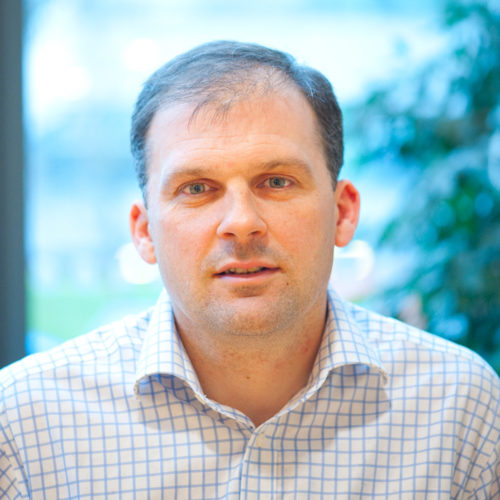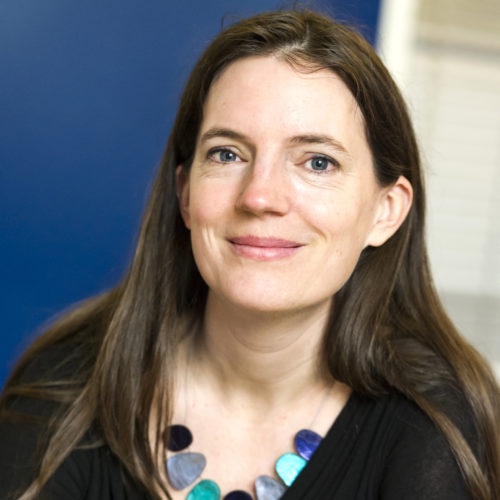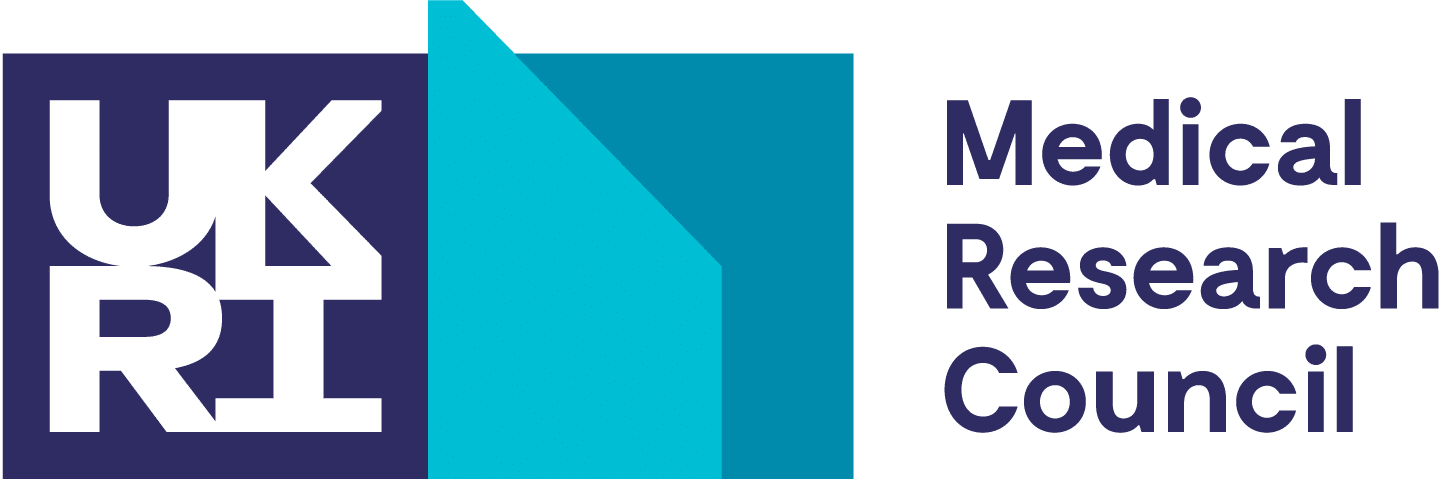Home > About Us > Our background > Acellular (smart material) approaches for therapeutic delivery > Our Research Team > University of Nottingham: Dr James Dixon
 James Dixon
James Dixon
I am a Stem cell and molecular biologist. I gained my Honours degree from Edinburgh (BSc Genetics) and my PhD from Imperial College, London under the supervision of Vasso Episkopou at the MRC Clinical Sciences Centre. In 2008 I took up a Postdoctoral research post at the University of Nottingham Spin-out company EvoCell and in 2009 transferred to the Wolfson STEM centre at the University of Nottingham within the Tissue Engineering group of Kevin Shakesheff. I am named inventor on several patents and am presently leading research to develop intracellular delivery technologies for the UKRMP Acellular hub.
My interests include regenerative medicine applications for a peptide delivery system I developed within the Tissue engineering group, University of Nottingham; and fundamental stem cell biology research.
My current goals are to:
• Design and manufacture of intracellular delivery systems to control cell behaviour
• Devise cell-type specific delivery systems for therapeutic molecules
• Investigate potential applications of this technology for differentiating human stem cells
• Develop in vivo delivery and triggered delivery systems for therapeutics
• Improve architectural control in engineered tissues from human stem cells
Publications:
Dixon, J.E., Shah, D.A., Rogers, C., Hall, S., Weston, N., McNally, D., Denning, C. & Shakesheff, K.M. (2014). Combined hydrogels that switch human pluripotent stem cells from self-renewal to differentiation. PNAS. In press (Impact factor: 9.7)
Kelly C.E., Thymiakou, E. ,Dixon J.E., Tanaka, S., Godwin, J. & Episkopou, V. (2013) Rnf165/Ark2C Enhances BMP-Smad Signaling to Mediate Motor Axon Extension. PLoS Biology (Impact factor: 12.7)
Matsa, E., Dixon, J.E., Medway, C., Georgiou, O., Patel, M.J., Morgan, K., Kemp, P.J., Staniforth, A., Mellor & Denning. C. (2013). Allele-specific RNA interference rescues the long-QT syndrome phenotype in human-induced pluripotency stem cell cardiomyocytes. European Heart Journal (Impact factor: 14.1)
Paik, I., Shakesheff, K.M., & Dixon, J.E. (2012). Rapid micropatterning of cell lines and human pluripotent cells on Elastic membranes. Biotech. Bioeng. (Impact factor: 3.7)
Dixon, J.E., Dick, E., Shakesheff, K.M. & Denning, C. (2011). Directed differentiation of human embryonic stem cells to interrogate the cardiac gene regulatory network. Mol. Ther. 19(9):1695-703 (Impact factor: 7.0)
Bayoussef, Z., Dixon, J. E., Stolnik, S., & Shakesheff, K.M. (2011). Aggregation promotes cell viability, proliferation,and differentiation in an in vitro model of injection cell therapy. J Tis Eng Regen Med. (Impact factor: 2.8)
Allegrucci, C., Rushton, M.D., Dixon, J.E., Sottile, V., Shah, M., Kumari, R., Watson, S., Alberio, R., & Johnson, A.D. (2011). Epigenetic Reprogramming of Breast Cancer cells with Oocyte extracts. Molecular Cancer, 10(1). 7. (Impact factor: 5.3)
Dixon, J. E., et al. (2010). Axolotl Nanog Activity in Mouse Embryonic Stem cells demonstrates Ground State Pluripotency is conserved from Urodele Amphibians to Mammals. Development, 137, 2973-2980. (Impact factor: 6.1)
Mavrakis K.J., Andrew R.L., Lee K.L., Petropoulou, C., Dixon J.E., et al. (2007). Arkadia enhances Nodal/TGF-beta signaling by coupling phospho-Smad2/3 activity and turnover. PLoS Biol. 5:e67 (Impact factor: 12.7)









